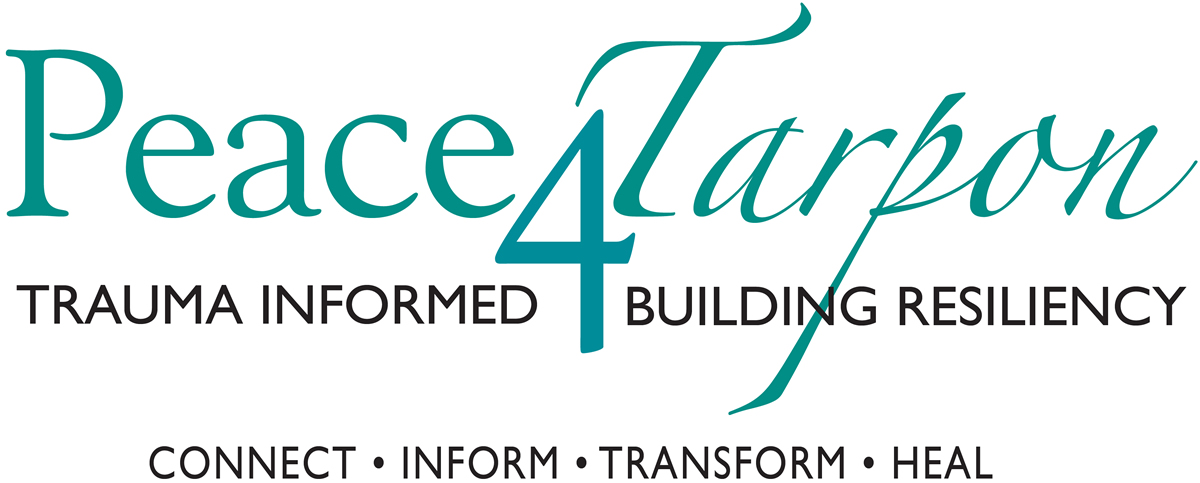Peace4Tarpon has worked with University of Florida for several years now – specifically with the School of Public Health and Dr. Mark Hart’s class on Public Health Communication. The subject of his Public Health Communications Master’s level class for the past two semesters was Peace4Tarpon. He gave his students a chance to create marketing materials that would actually be implemented – a far cry from creating campaigns that might never see the light of day. We actually used the materials for our marketing and they also inspired us in furthering our own marketing campaign. The students are just brilliant and they created some amazing products. When we gave them an exit questionnaire it was so gratifying to hear how much they learned from our work together and would be carrying forward into their personal lives, communities, and careers. You can read more about last year’s class from the “Making it Real” blog I wrote on 2/21/17.
We also asked Dr. Hart if we could link the ACE questionnaire on our website to a repository at UF where data could be gathered and compiled. After two years, there were 877 results! Two of Dr. Hart’s students (Brandy Stone, BA, and Lindsey King, MPH, CHES, CCRP, CTTS) created a flip book of the results so you can see the data for yourself. ACEs Data Flip Book
I am not a researcher or data driven person, but the results were astonishing to me. Keep in mind that these ACE survey responders were on our website and I am guessing that many of them were there “on purpose” not just randomly searching out trauma-informed communities or wanting to answer a survey. I wonder if our work over the past 8 years -to inform, connect, transform and heal our community may have helped foster a sense of safety and better understanding of trauma and folks shared more openly. Our mantra of “there is no us and them, it’s all just us” hopefully fosters a growing understanding of and compassion toward behaviors that we can now see are trauma responses – I am hopeful. A question I hear more and more is “I wonder what happened to them?” which shows more compassion now than the old familiar go-to response of “what’s wrong with them?!”
